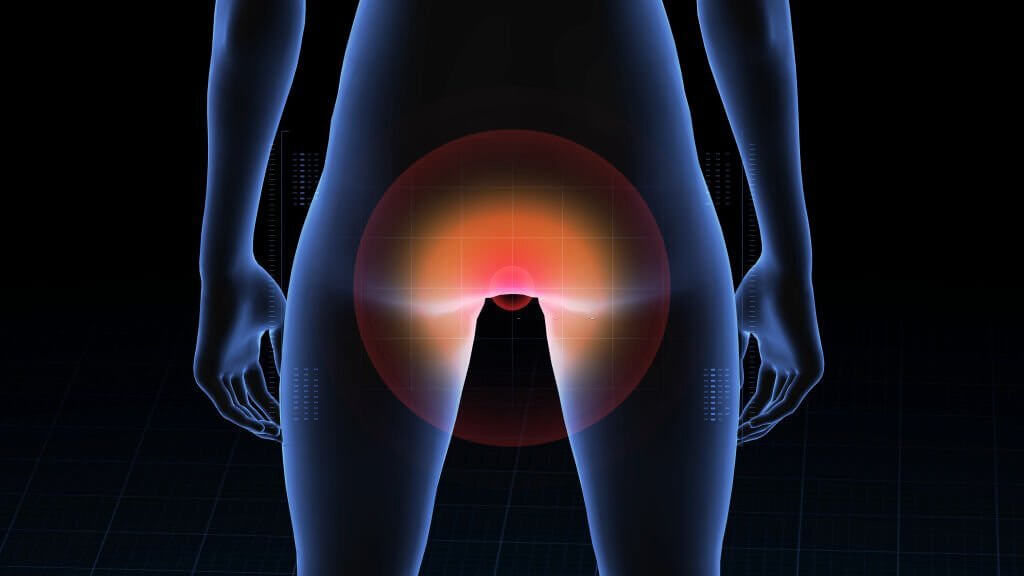Improved Detection of Anal hHSIL with Nylon-Flocked Swab

Invasive anal cancer (IAC) affects HIV-infected MSM at higher rates than the general population, surpassing cervical cancer rates. Risk factors include HPV infection, receptive-anal intercourse, abnormal cervical cytology, and immunosuppressive conditions. Screening for anal hHSILs is recommended, but current cytology methods have limited accuracy. We conducted a trial comparing two collection protocols and estimated prevalence and test characteristics. Efficacious screening is crucial for high-risk populations. Improving sensitivity and specificity can enhance early detection and reduce IAC burden.
From 2013-2016, a single-visit trial enrolled 326 MSM and transgender women to compare Dacron and Nylon-flocked swab cytology-collection protocols for anal cancer screening. The study, approved by UCLA Medical-IRB, included community and MACS participants. Specimen collection was randomized, and data were collected during a single visit.
This study collected four anal swab specimens from each participant using Dacron and NF-swabs, with different preservatives. Cytology findings were classified as negative, ASC-US, ASC-H, LSIL, or HSIL. High-Resolution Anoscopy was performed, and histology specimens were classified accordingly. Descriptive analyses and logistic regression models were used to assess associations and predict hHSIL. The odds of predicting hHSIL were estimated using cytology showing ≥ASC-US, adjusting for other covariates. Fully-adjusted AUCs were calculated to evaluate swab-protocols' performance in predicting hHSIL. Differences in AUCs based on preservative and slide-preparation methods were analyzed.
The study participants were predominantly white MSM, with a mean age of 55 years. Dacron-cytology showed a higher prevalence of abnormal findings (≥ASC-US) compared to NF-cytology. Unsatisfactory cytology was more common in Dacron swabs and was associated with the number of swabs collected. Nearly half of the participants had hHSIL on biopsy. hHSIL was associated with a higher number of RAI partners and abnormal cytology findings. Age, race, smoking, and HIV-infection were not associated with hHSIL. The odds of hHSIL were higher for both abnormal cytology (≥ASC-US) and unsatisfactory cytology, regardless of the swab type.
In this study comparing two anal cytology collection methods, it was found that the method using the NF-swab had higher sensitivity but lower specificity and positive predictive value for detecting anal high-grade squamous intraepithelial lesions (hHSIL) compared to the Dacron-swab method. The fully-adjusted analyses showed that only the NF-cytology improved overall accuracy for predicting hHSIL when compared to other factors such as swab order, demographics, sexual behavior, and HIV infection status. The NF-cytology method had higher specificity, meaning fewer false-positive results, which can reduce unnecessary follow-up and lower the cost of anal cytology screening for hHSIL. The NF-swab collects more cells and fluid, leading to better performance compared to the Dacron-swab. It is important to note that abnormal anal cytology does not always correlate with the presence of hHSIL, and there is a possibility of missing hHSIL even with abnormal cytology results. Overall, NF-cytology screening provides greater accuracy in predicting neoplasia and is a better option for anal cytology screening in high-risk populations like HIV-infected MSM/TW.
Reference
Wiley DJ, Hsu HK, Ganser MA, Brook J, Elashoff DA, Moran MG, Young SA, Joste NE, Mitsuyasu R, Darragh TM, Morris DH, Martínez-Maza OM, Detels R, Rao JY, Bolan RK, Shigeno ET, Rodriguez E. Comparison of nylon-flocked swab and Dacron swab cytology for anal HSIL detection in transgender women and gay, bisexual, and other men who have sex with men. Cancer Cytopathol. 2019 Apr;127(4):247-257. doi: 10.1002/cncy.22114. Epub 2019 Mar 26. Erratum in: Cancer Cytopathol. 2020 May;128(5):360. PMID: 30913381; PMCID: PMC7108036.
Related Posts
Nasopharyngeal Flocked Swabs: An Optimal Method for Respiratory Virus Detection
How Flocked Swabs Collect and Release Specimens?








